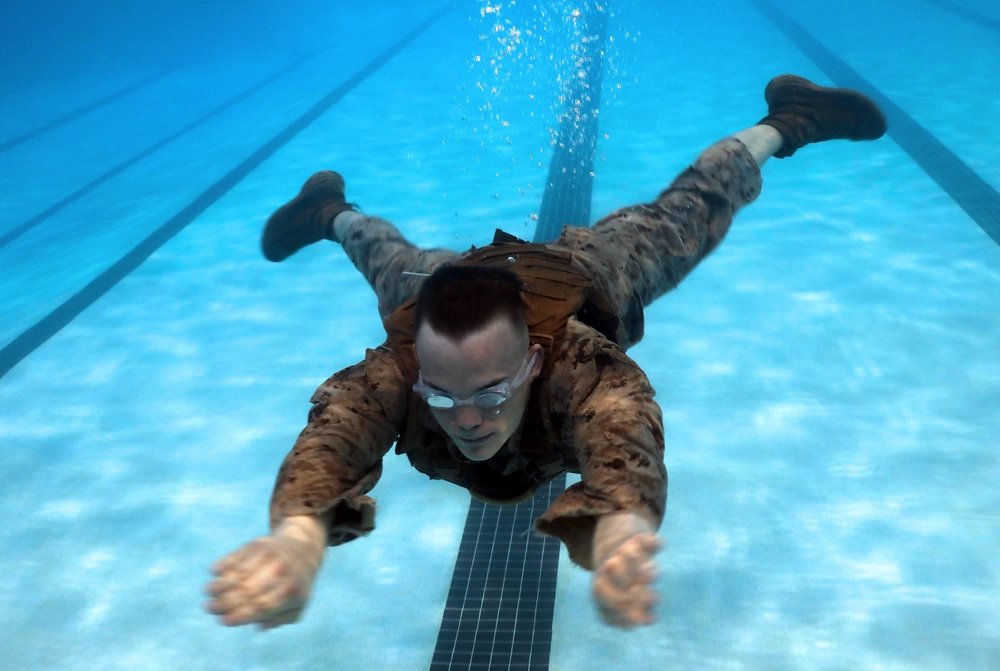Marines train for every clime and place. Most of the time troops are deployed to the harshest environments on earth. However, sometimes we get sent somewhere nice such as an island. Such places leave us wondering how they exist and how their inhabitants adjusted to the conditions. People are intelligent creatures who learn to live in different climatic zones such as boiling deserts and areas where the temperature is always below zero. Understanding the environment and how the fauna has adapted may inspire new survival techniques.
Avoiding heat
Adaptation techniques for avoiding excessive heat among deserted animals are numerous. The biological processes of animal tissue can only operate within certain temperature ranges. Depending on the deserted island, the temperatures could fluctuate from extremely low to unbearable high levels. When the range is exceeded, the animals might die. This is why stranded animals on a deserted island hibernate during the hot seasons by hiding under rocks, logs or holes. Fortunately, most animals can easily evolve in behavior and physically to solve the heat problem. Among the thousands of deserted animals on islands, there are almost as many exceptional behavioral and structural alterations established to avoid excess heat.

Dispelling heat
Some animals dispel the heat absorbed from their environment using several mechanisms. If an owl was stranded on an extremely hot island, it would dissipate the heat by opening its mouth while rapidly fluttering its throat region to evaporate water from its mouth cavities. Only animals with a good water supply can apply this technique. With time, the stranded animals would become pale to avoid absorbing more heat from the environment. It would also make them less conspicuous to predators especially if the surrounding consists of bright elements. Pale colors may be noticed in feathers, scales, skin, or fur.
Gaining swimming skills
There is an island inhabited by pigs known, aptly, as pig island. The free reigning and oinking residents took over the entire space. The pig’s main occupation is swimming in the Caribbean Sea and sunbathing on its shores. Other than pigs, the island has birds, cats and a few goats but it is completely uninhabited by people.
To this date, researchers cannot answer the question of when the island pigs came, but it is impossible that they came from nowhere. A theory has it that they were put there by pirates several centuries ago as a future food reserve for themselves. They planned on coming back to the island but never did. When the people failed to come back, the pigs survived and adjusted quite well, and learned to swim in time. Today, each member of the huge pig population knows how to swim including grown pigs and tiny piglets. They are accustomed to the water from their earliest childhood.

Finding new food sources
Similar to when people are stranded in an unknown environment, animals look for alternative sources of food. It might be possible that an uninhabited island may have scarce food, so these animals must find new ways to feed lest they die. Animals cannot survive without food and water, so adaptation techniques are applied when the two are scarce. When pirates left the pigs off the island, they had to find alternative food sources because they were used to being fed by humans. Luckily, the island has plenty of greens for the pigs to feed on and also three freshwater lakes. Every animal has these survival tactics and they are mostly activated in dire situations. When animals are stranded on deserted tropical islands, they adapt to the new conditions. Noting this, is a key indicator of what one may have to do to survive if a troop finds themselves living out the plot of Cast Away starring Tom Hanks.


